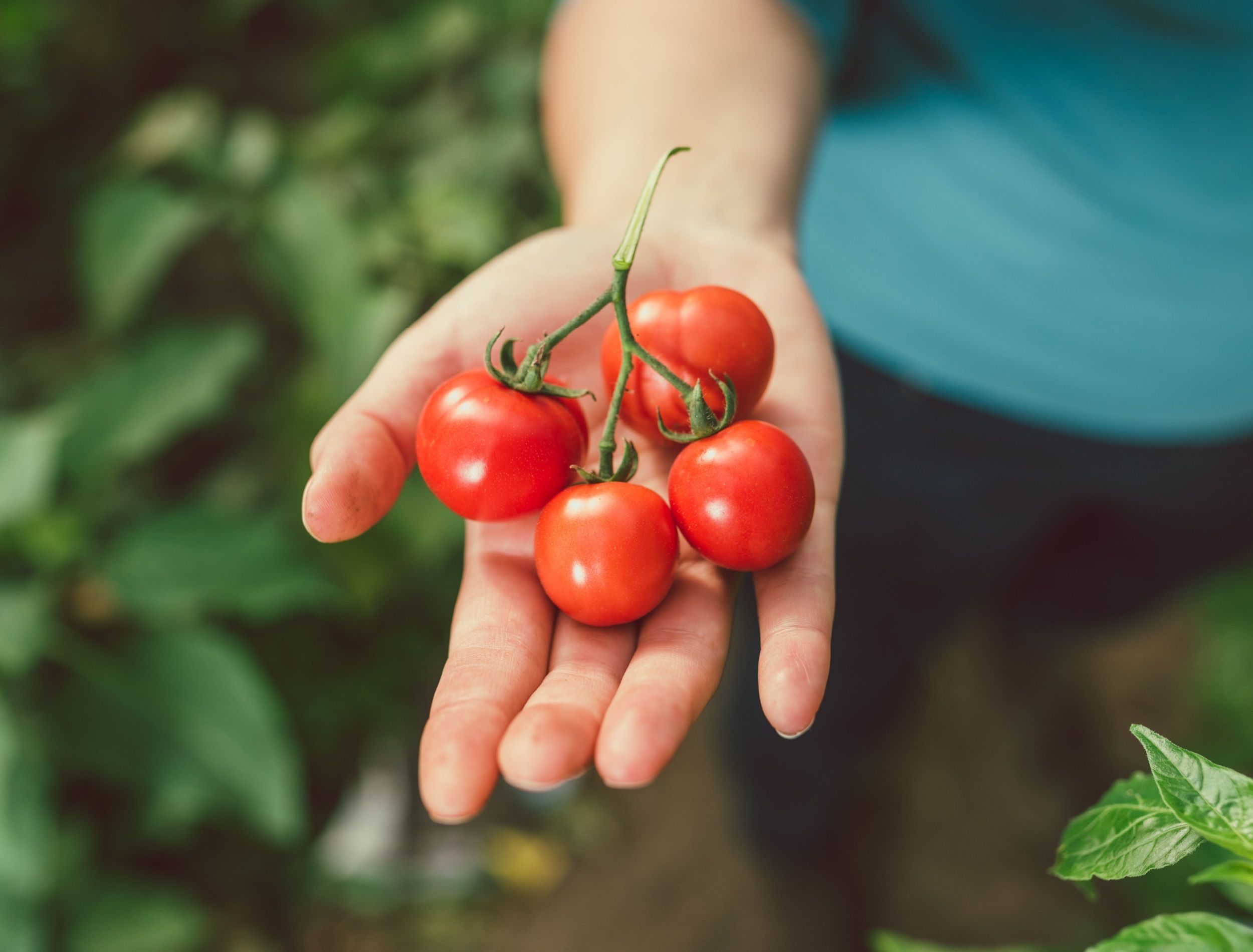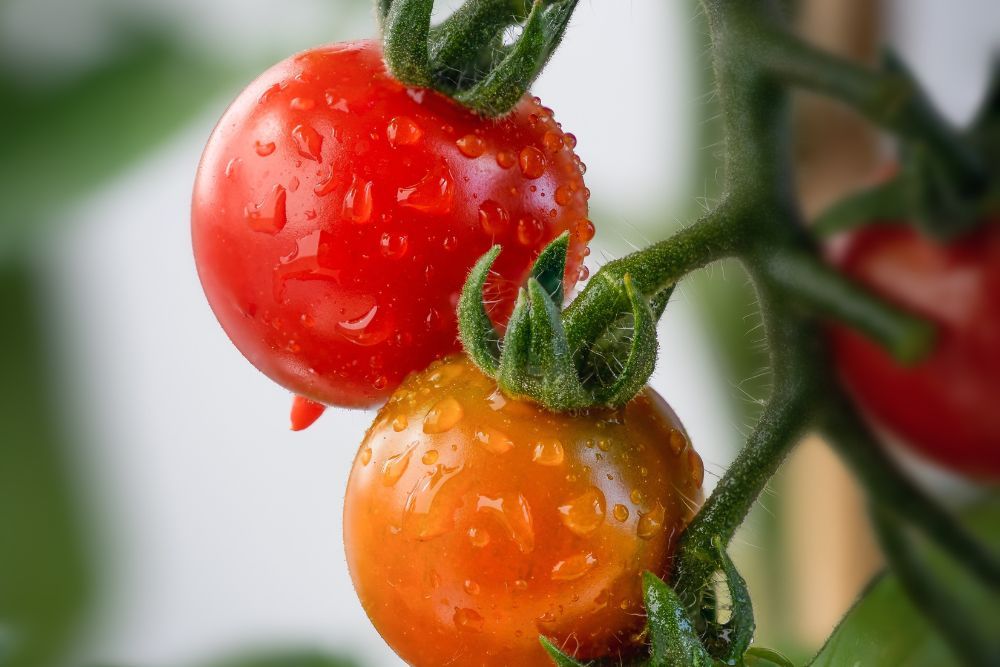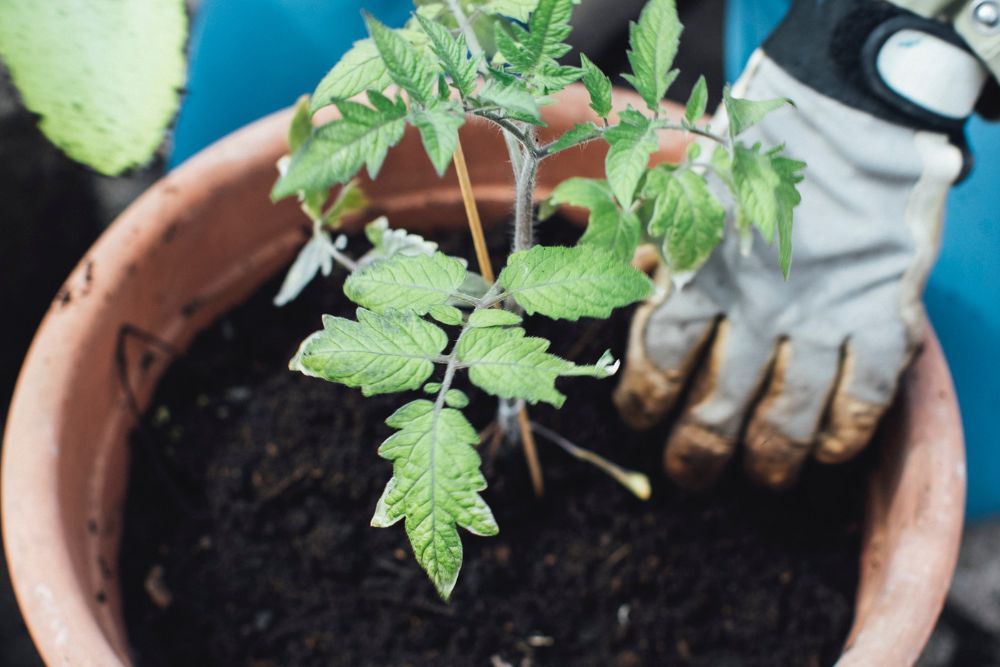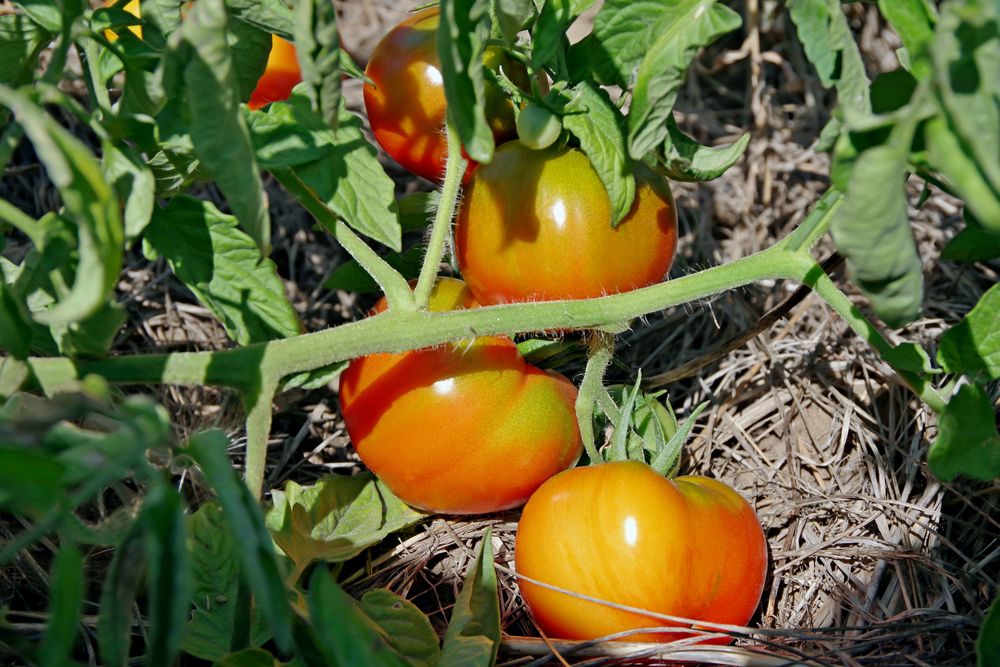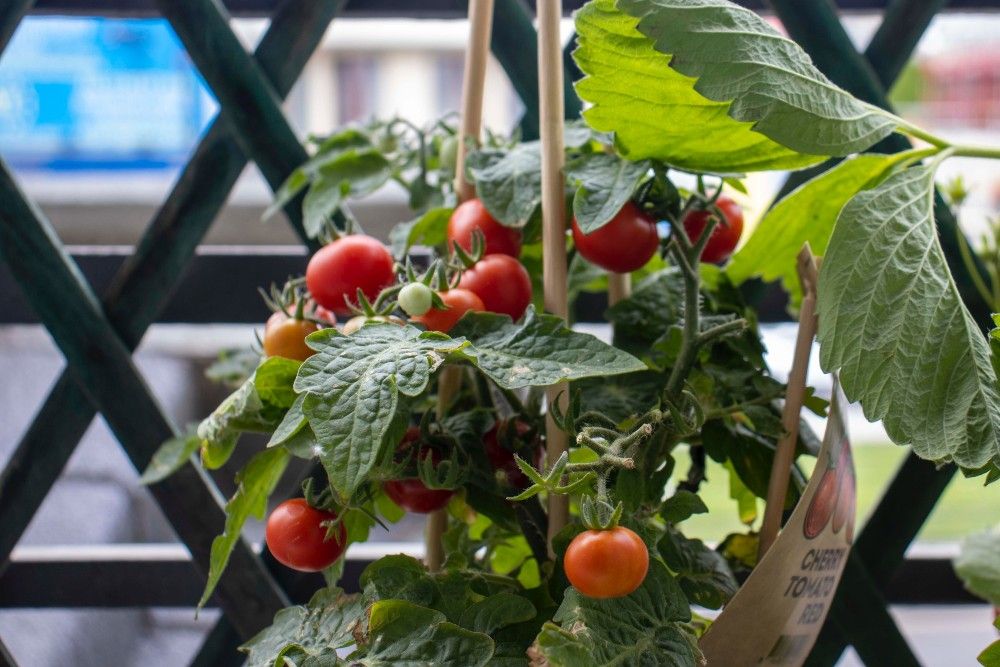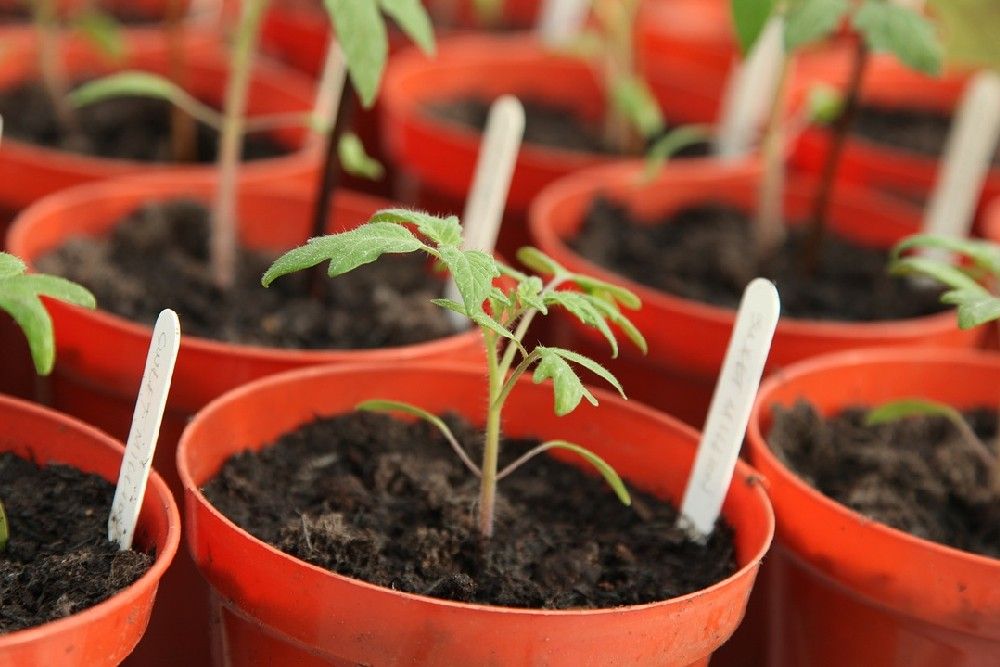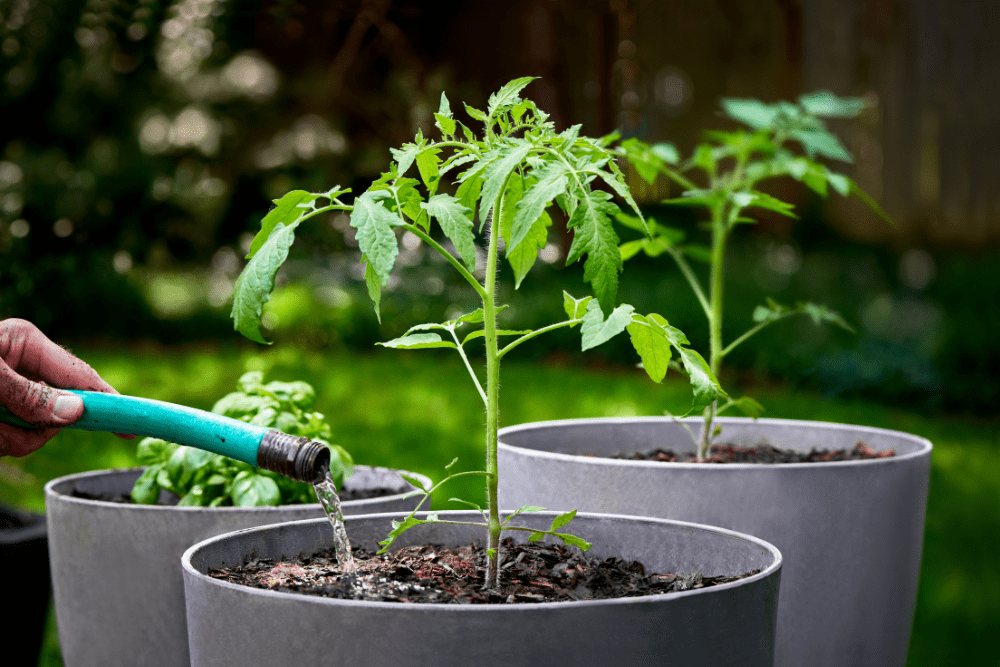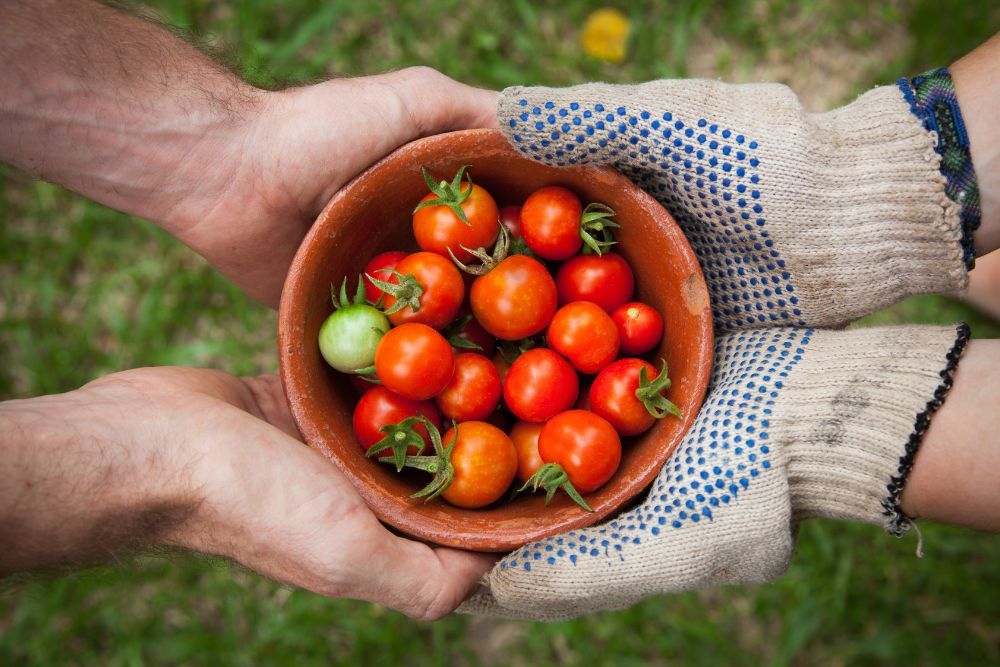Tomatoes usually have a high success rate and grow rapidly when you plant them in your home garden. As a gardening novice, you may commit some mistakes along the way. At the same time, there are some mistakes that you can overcome and restore your plant to its former glory.
Many things can make your plant wilt away, from planting too early to choosing the wrong location to improper watering. Therefore, to help you grow tomatoes confidently, below are eight mistakes you must avoid at all costs!
Choosing the Wrong Variety
Image credits: Roon Z via Pexels
Before planting, select a tomato variety most suited to your space and preference. Tomatoes are broadly classified into two categories, namely determinate (bushy) and indeterminate (vining).
Determinate varieties grow to a maximum height of 3 to 5 feet tall, produce all their fruits at once, and die back. They are best suitable for smaller areas and ideal for growing in pots. Determinate tomatoes include 'Roma,' 'Floramerica,' and Rutgers.
Indeterminate varieties can grow 10 to 12 feet in height and need support from a cage or trellis to keep them upright. They also require more space but continue to produce fruits throughout the season until the first frost. Some examples of indeterminate varieties are 'Fantastic,' 'Brandywine,' heirloom tomatoes, and most cherry tomatoes.
Planting Too Early
Image credits: Markus Spiske via Unsplash
Tomatoes are summer crops that cannot survive cold temperatures. Planting them outdoors when the soil temperature is below 55 degrees Fahrenheit can prevent proper root development. Cooler temperatures can also cause stunted growth, wilting, and increased susceptibility to disease.
It is better to wait until the soil temperature is between 60 and 70 degrees Fahrenheit outside and does not dip below 55 degrees Fahrenheit at night. If you want a jump start on the growing season, start your tomato seeds indoors about six weeks before your region's last frost date.
Selecting the Wrong Spot
Image credits: Borodkin Vladymir via Shutterstock
Tomato plant needs plenty of sunlight to grow and produce fruit. It does best with a minimum of six to eight hours of daily direct sunlight but also appreciates some shade (from row covers) from the scorching afternoon sun of the southern regions. The plant will suffer if you position them in an area without much light.
Moreover, the soil of your planting site should be well-draining, fertile, and slightly acidic to neutral for a happy crop. It is best to avoid areas where you have previously grown crops, such as eggplants, potatoes, and peppers since they can deplete the nutrients from the soil required by the tomato plant.
Skipping on the Support System
Image credits: Lucie Douezi via Unsplash
Most tomato varieties, especially the indeterminate ones, need a support system. Place a stake, cage, or trellis around each seed or seedling as soon as you put them in the ground. You risk disturbing the roots if you add support later in the growing period.
If you leave your plants unsupported, they might topple over from the fruits' weight, increasing their chances of contracting diseases and pests. The emerging fruits can also rot quickly when constantly in contact with moist soil. Moreover, unsupported plants are difficult to prune and harvest.
Not Hardening Off
Image credits: jag2020 via Pixabay
If you purchased the seedlings from your local nursery or started the seeds indoors, you should harden off the delicate small plants before transplanting them outdoors. Hardening off refers to gradually exposing your seedlings to the outside environment so they can adapt to the unpredictable elements.
It is best to acclimate the tomato plants for two weeks after the last frost date. Skipping this step and directly planting them in the soil outdoors can kill your seedlings.
Improper Watering
Image credits: WNstock via Shutterstock
For a healthy, thriving crop, you must pay attention to watering. Irregular watering can cause problems such as fruit splitting and blossom end rot in your tomato plant. Moreover, water early in the morning, so the plant has enough moisture to survive a hot day.
Tomato plants need 1 to 2 inches of water every week. If your region is experiencing a dry season, hydrate your plant manually, and direct the water to the roots instead of showering from above. If you are unsure about how thirsty your plant is, check the soil using your fingers, and if the top 2 inches feel dry, water it.
If you notice the foliage wilting, turning yellow, or unstable stems, it can be a sign of overwatering. Contrarily, underwatering can cause the leaves to curl up before turning brown and crispy.
Incorrect Fertilization
Image credits: encierro via Shutterstock
Tomato plants are heavy feeders that prefer a high-potassium fertilizer every two weeks once the fruit is about the size of a golf ball. They do not appreciate too much nitrogen since it promotes lush foliage and inhibits flower production.
Just as underfeeding can be lethal to the plant, overfertilization can also result in numerous problems. An overfed plant shows symptoms such as yellowing leaves, brown leaf tips, stunted growth, and salt buildup on the soil's surface.
Harvesting Too Late
Image credits: Elaine Casap via Unsplash
Harvest your tomatoes when they turn red (yellow, orange, or purple, depending on the variety) and feel firm to the touch. Check your plant every day since tomatoes ripen very quickly. Leaving them on the stem for too long can lead to mushy skin or bruising on the surface. They can also rot, affecting your overall harvest.
Depending on the variety, tomatoes take around 60 to over 100 days to become ripe from transplanting. Tomatoes can also be classified according to how fast they mature; Early varieties (less than 70 days), mid-season varieties (70 to 80 days), and late-season varieties (more than 80 days).
Don't Let Those Juicy Tomatoes Die Before They Ripen!
So, here you go, eight simple tips to make your plant stay healthy and grow to fruition. As long as you plant timely, water frequently, fertilize correctly, and harvest promptly, your tomatoes should be ripe, succulents, and flavorful. Additionally, plant them in a sunny area with enriched soil, and remember to add support.
So, have you committed any of these tomato planting mistakes? Would you like to add to the list? Comment below to share your thoughts!

